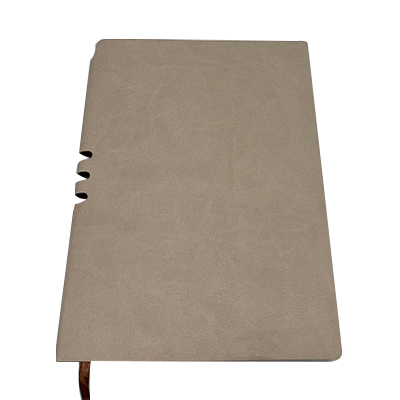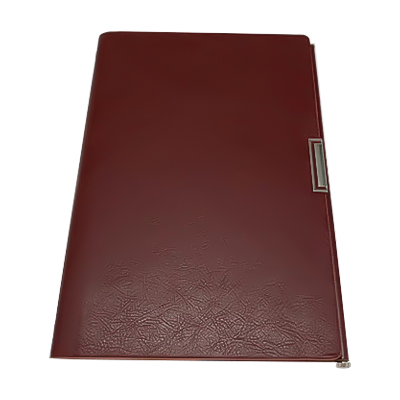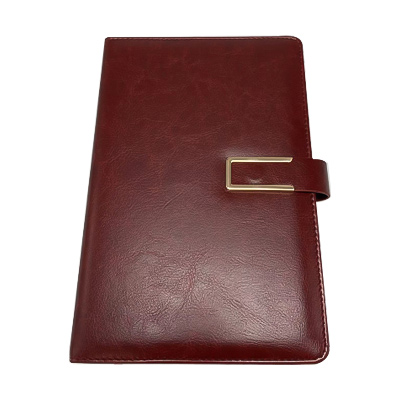1.Strength and Durability The basis weight of coated white card paper, measured in grams per square meter (g/㎡), plays a crucial role in determining its strength and durability, which are essential for various packaging applications. Higher basis weights, such as 350 or 400 g/㎡, provide greater thickness and rigidity, making the paper more resistant to tearing, bending, and deformation. This added strength is particularly beneficial for packaging heavy or fragile items, such as electronics or wine bottles, where the integrity of the packaging is critical for protecting the contents. On the other hand, lower basis weights like 250 or 300 g/㎡ offer sufficient strength for lighter or less fragile items and are often used for more cost-effective packaging solutions. The choice of basis weight should align with the specific requirements of the packaging application to ensure that the paper meets the necessary durability standards.
2.Printing Quality and Visual Appeal The basis weight of coated white card paper also affects its suitability for high-quality printing applications. Heavier weights, such as 350 or 400 g/㎡, provide a more substantial surface that can support more intricate and detailed print designs. This is especially important for packaging that requires high-resolution graphics, vibrant colors, and sharp text, as the increased thickness helps prevent ink bleed and ensures that the final print is crisp and clear. For packaging that demands a premium look, such as wine or high-end electronics, using a higher basis weight can enhance the visual appeal and perceived value of the product. Conversely, lighter basis weights like 250 or 300 g/㎡ are adequate for simpler printing tasks and more basic packaging needs, where the focus is on functionality rather than visual impact.
3.Cost Efficiency and Practicality The basis weight of coated white card paper directly influences its cost efficiency and practicality in packaging applications. Higher basis weights generally come with increased material costs due to the greater quantity of paper used. However, the added durability and superior printing quality can justify the investment for premium products or high-end packaging solutions. For more economical packaging needs, such as for common commodities or everyday items, lower basis weights offer a more cost-effective alternative while still providing adequate performance. By selecting the appropriate basis weight based on the specific packaging requirements and budget constraints, businesses can achieve a balance between cost and performance, ensuring that the packaging meets both functional and economic objectives.
4.Packaging Design Flexibility The basis weight of coated white card paper affects the flexibility and design options available for packaging. Heavier paper weights, like 350 or 400 g/㎡, tend to be less flexible and may require more robust cutting and folding techniques. This can limit the design possibilities and make the paper less suitable for intricate or highly detailed packaging designs. However, its rigidity provides structural support for more complex packaging shapes, such as custom boxes or high-end product displays. Lighter paper weights, such as 250 or 300 g/㎡, offer greater flexibility and ease of manipulation, making them ideal for designs that require precise folds, creases, or intricate shapes. This flexibility allows for creative packaging solutions that can enhance the presentation of products while maintaining practical functionality.
5.Environmental Impact and Sustainability The environmental impact and sustainability of coated white card paper are influenced by its basis weight. Heavier paper weights require more raw materials, which can contribute to a larger environmental footprint in terms of resource consumption and waste production. However, the increased durability and longevity of higher basis weight papers can result in less frequent replacements and potentially reduce waste over time. Conversely, lighter basis weights use fewer resources and can be a more sustainable option for applications where high durability is not as critical. Choosing a basis weight that aligns with environmental considerations, such as using recycled materials or opting for lighter weights where feasible, can help mitigate the ecological impact of packaging and contribute to more sustainable practices.

 English
English Deutsch
Deutsch Français
Français Español
Español русский
русский عربى
عربى





